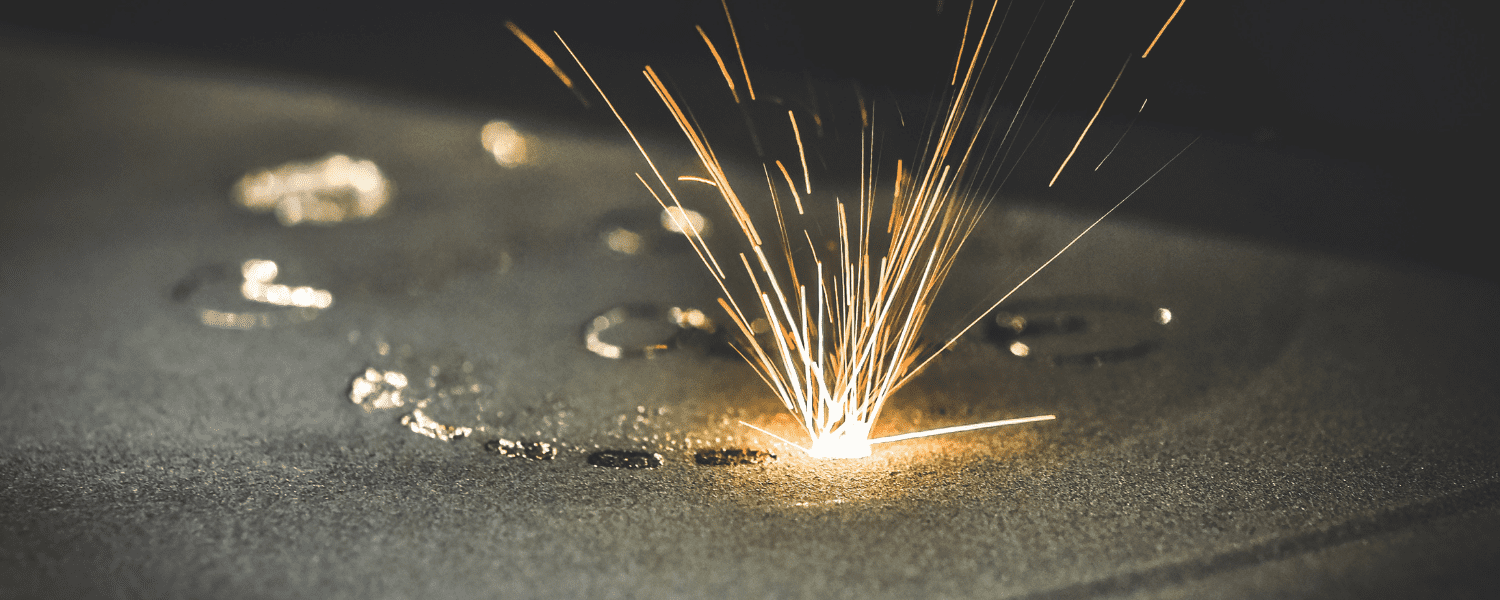Global standards developer ASTM International announced it’s third round of funding to support research that helps expedite standards in additive manufacturing (AM).
This investment which includes additional in-kind contributions will support the ASTM International Additive Manufacturing Center of Excellence (AM CoE) goal of aligning technical standardization with the rapidly evolving AM industry.
“We are thrilled to support these crucial and high-impact research projects in additive manufacturing that seek to accelerate standardization,” said Dr. Mohsen Seifi, ASTM International’s director of global additive manufacturing programs. “These eight projects will join the 14 existing projects that address the AM CoE’s high-priority research areas for standardization, including design, data, modeling, feedstock, processes, post processing, testing, and qualification.” Each of these projects will address one or more standardization gaps listed in the AMSC (Additive Manufacturing Standardization Collaborative) roadmap published by ANSI/America Makes.
This year, over 60 ideas for projects were submitted by ASTM International members for consideration. After a thorough review, eight high-impact ideas were approved by the ASTM executive section focused on research and innovation (F42.90.05) within the committee on additive manufacturing technologies (F42).
The AM CoE partners will conduct these projects, covering a broad range of topics:
- Auburn University will develop a standard coupon design for evaluating lattice structures in metal AM under compressive loading. This work will improve reliability of lattice structures used in applications ranging from bone ingrowth for medical implants to weight reduction in transportation structures.
- Applied technology developer EWI will develop a common data exchange format (CDEF) for powder characterization. This standard will enable efficient data sharing throughout the AM supply chain by serving as a link between different data management systems.
- The UK-based Manufacturing Technology Centre (MTC) will develop standard guidance for evaluating polymer powders during recycling and re-use in AM. This guidance aims to improve confidence for manufacturing with recycled powders.
- MTC will also lead a project to develop guidance on metal powder feedstock sampling and recycling strategies. This research will identify strategies currently used for sampling and recycling powder feedstock and provide guidance on the suitability of these methods for AMprocesses, materials, and end-use applications.
- NAMIC – Singapore’s National Additive Manufacturing Innovation Cluster – and the Singapore Institute of Manufacturing Technology (SIMTech) will develop standard sub-sized tensile specimens for witness testing of metal AM. These specimens will reduce the time and material costs of witness testing, a method of monitoring build quality by testing a coupon printed alongside the components in an AM build.
- NAMIC and A*Star’s National Metrology Centre of Singapore will develop standard guidance for volume traceability of non-destructive testing for metal components produced with powder bed fusion and binder jetting. This project will assess components made with both processes and will provide guidance for use in assessing part quality.
- NAMIC and the Singapore University of Technology and Design (SUTD) will conduct a study of maraging steel, an alloy commonly used by the automotive, aerospace, sports, and tooling industries, among others. This work will provide a basis for developing a material specification for this class of alloys in AM applications.
- NASA and Auburn University will design a series of test components and a methodology to assist validation of process parameters for powder bed fusion. The proposed test components will enable manufacturers to confirm that a parameter set is robust and produces suitable part quality across a variety of local thermal conditions by incorporating challenging geometries.
- Wichita State University’s National Institute for Aviation Research (NIAR) will continue two previous projects started in round two. The first project will provide guidance for polymer design values in additive manufacturing, while the second project establishes coupon-part property relationships for dynamic testing of additively manufactured polymers.
ASTM International’s Additive Manufacturing Center of Excellence (AM CoE) is also participating in three new America Makes projects aimed at advancing the adoption of additive manufacturing as announced earlier.


